How the British protected loved ones from body snatchers
Categories: Europe | History | Science
By Pictolic https://pictolic.com/article/how-the-british-protected-loved-ones-from-body-snatchers.htmlStudents of the Faculty of Medicine in the UK of the XVIII century found themselves in a difficult situation. They used to use the corpses of executed criminals to study anatomy. But after the introduction of more lenient means of punishment, only a few dozen people were executed per year. However, the annual demand for dismemberment bodies from developing medicine was ten times higher than this number. And then there was the infamous tendency to steal bodies right out of the graves. But relatives soon developed a way to protect themselves from such body snatchers: a grave safe.
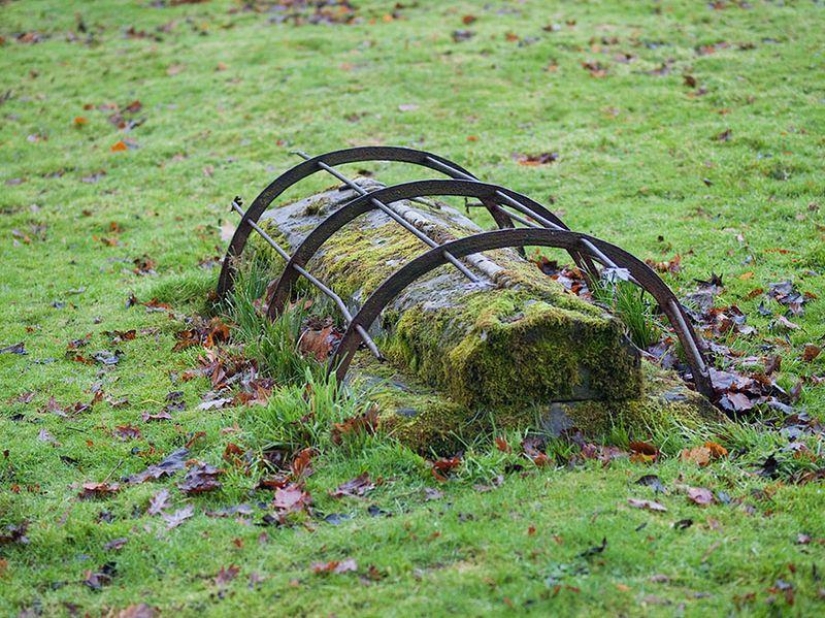
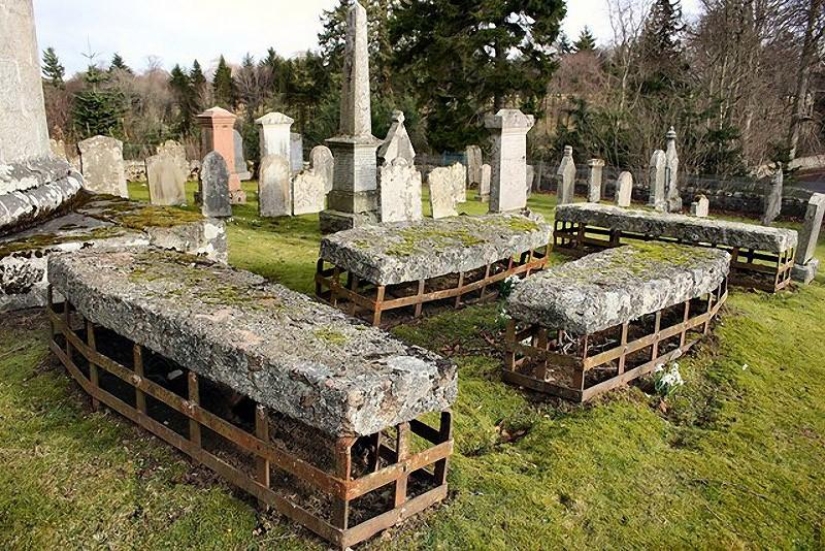
The first such safe was made around 1816. They appeared in a variety of variations, but they had one thing in common – the weight, because of which the exhumation of a recently deceased person was impossible.The safes were varied and intricate: intricate iron grilles and slabs that went into the ground. Above the ground, they were given even more weight with the help of stone or iron.
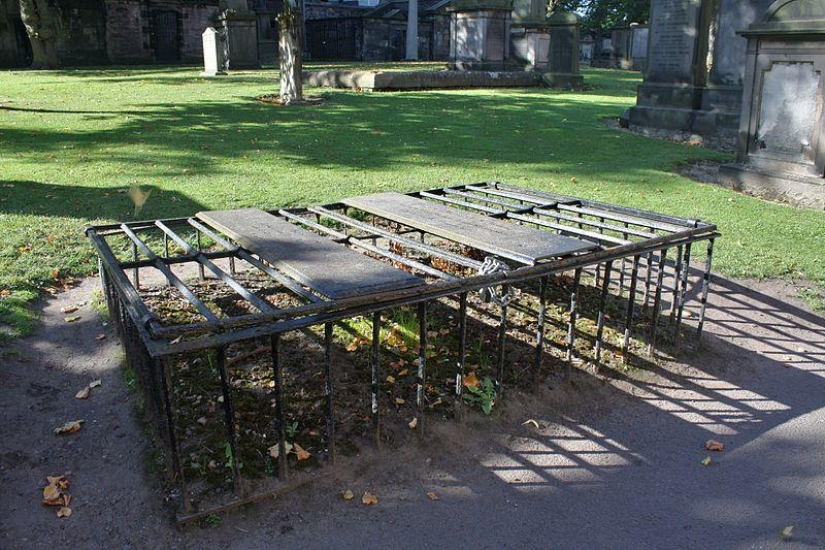
So what was down there? When the grave was dug and the coffin was placed in it, a slab was placed on it. This plate had holes on the sides, into which iron bars were threaded.
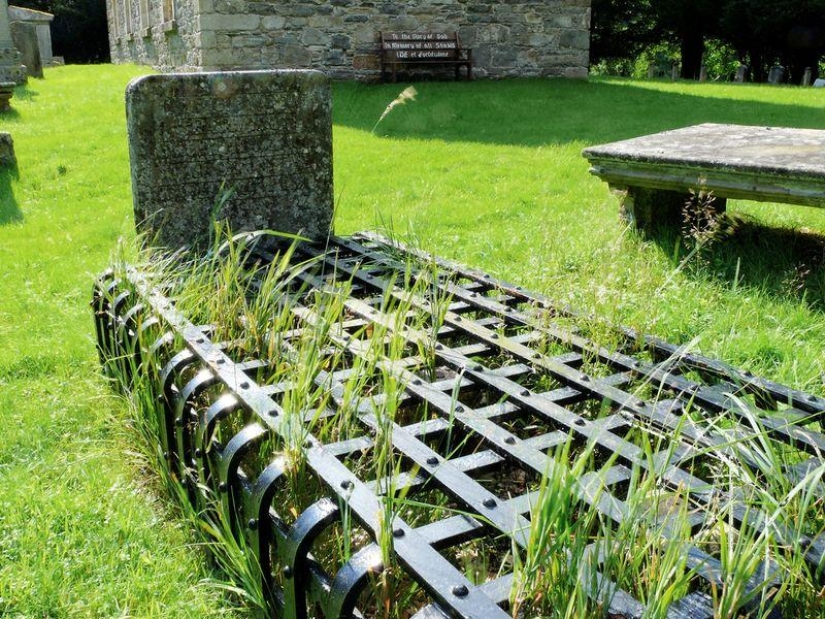
Then another slab (stone or iron) was placed on top. The coffin was in a secure cage, its contents were completely safe, and the dead could sleep peacefully.
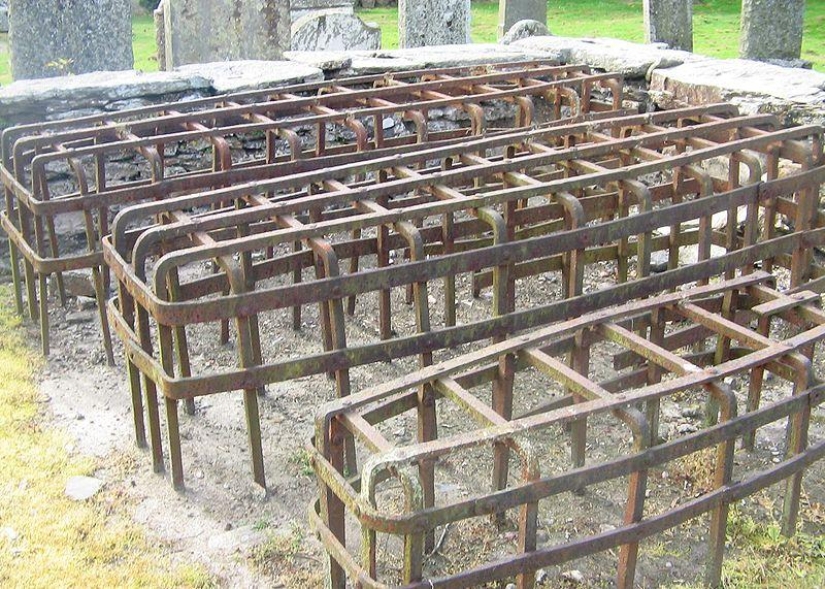
The reason for creating such a design was quite obvious. The body snatchers were very skilled and would do anything to extract the corpse from the grave. Of course, they didn't do it openly and usually dug up coffins under cover of night. In addition, many cemeteries had observation towers. One of the most popular methods of theft was digging a manhole 6 meters from the grave.
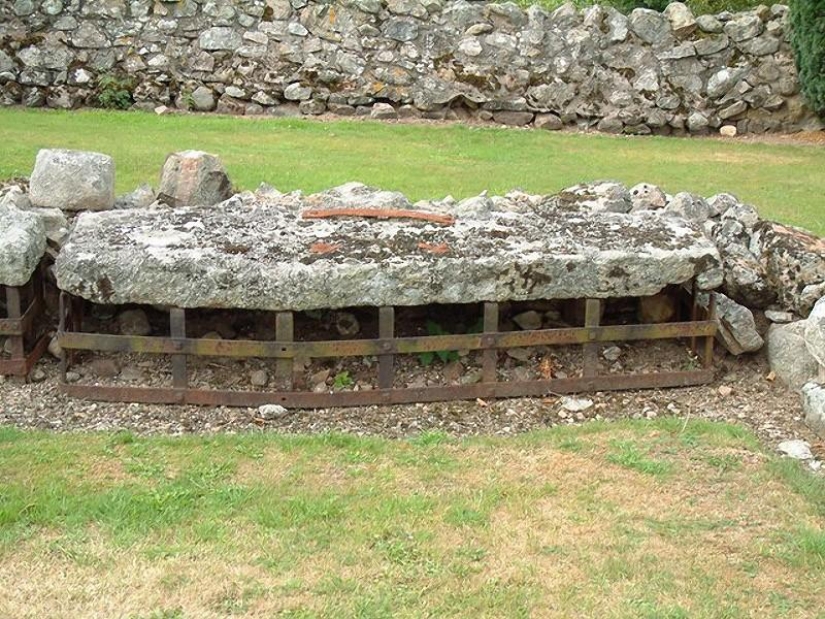
Then a tunnel was dug from this hole to the coffin, and the body was taken out horizontally. No one noticed that the grave was disturbed, because everything was in order from the outside. Many empty coffins were found much later, and this form of invasion is noticeable in them.
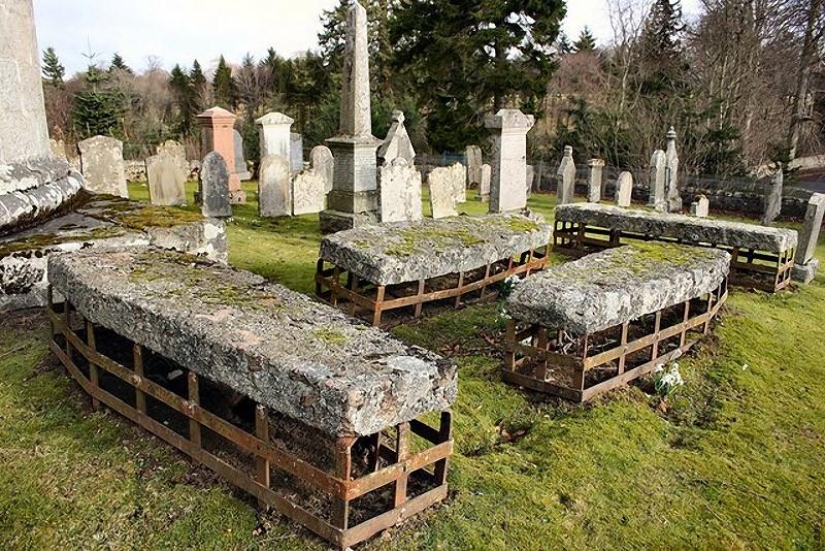
Not so many grave safes have reached us, and the reason for that is that there shouldn't have been so many of them. They could be reused. The two people had the keys needed to open the safe and remove it, so it couldn't be done without notifying each other. After 5-6 weeks, the body in the coffin decomposes so much that it is no longer of value to the anatomist. Then the safe can be moved and installed over the next fresh grave – if, of course, the relatives of the deceased were willing to pay.
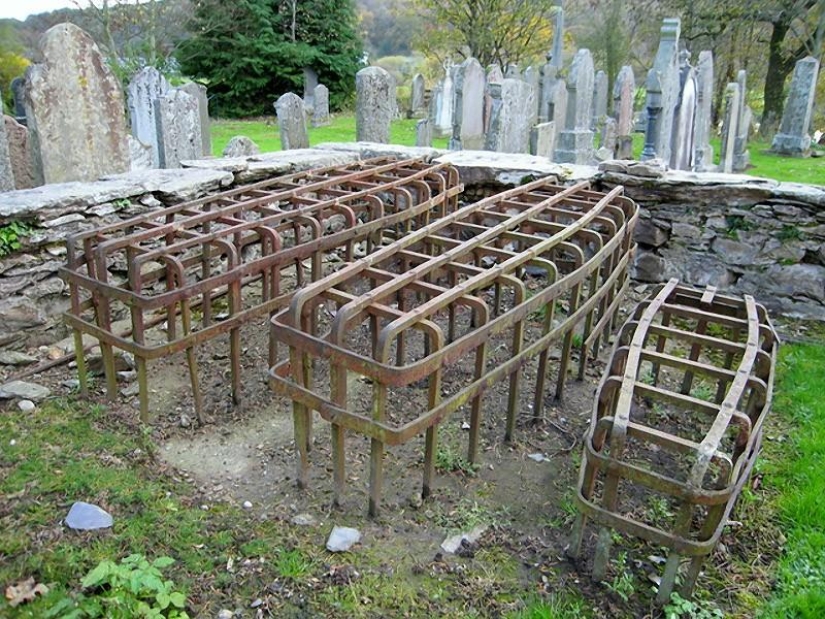
And they were ready. Churches bought grave safes and then sold them to the mourners. To avoid rising prices for these safes, entire communities were organized to buy them. Each member of this community could use the safe for a minimum fee. Non-members of the community could also use the safes, but for a fee, of course. If there was one thing the Victorians knew, it was how to capitalize on every opportunity.
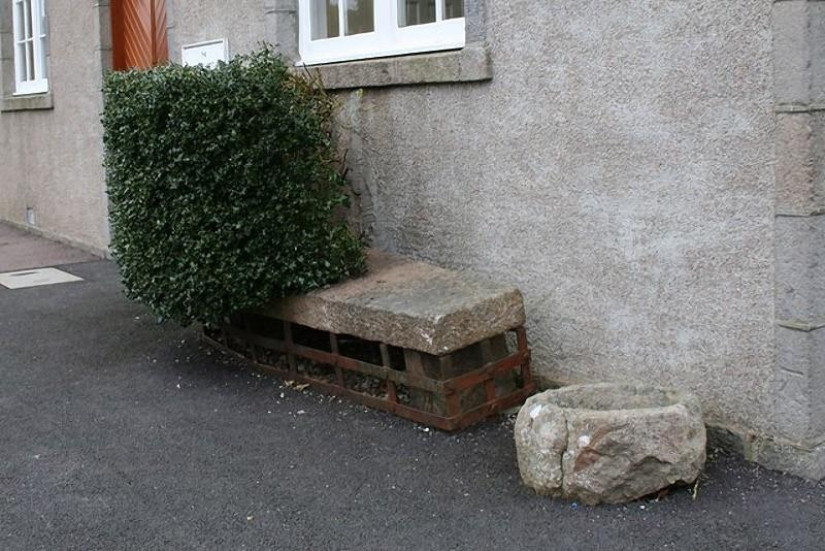
But the era of grave safes has come and gone in a couple of decades. In 1832, an Anatomical Act was adopted. All the corpses for which relatives did not come, as well as everyone who wanted could give their bodies for anatomical studies. This effectively put an end to the corpse trade. Most of the safes have been recycled or found other uses for them (in the photo above). The deceased could finally sleep in peace. Some of the safes, however, remained in their places – a curious relic of the golden age of British body snatches.
Recent articles

The celebrities we are used to seeing on the screen or in history textbooks, outside of all this hype around, are ordinary people. ...

At the beginning of their career, many actors grab any role – just to light up on the screen. And then, years later, when they ...

Arabic writing is very different from Cyrillic and Latin. And this difference is not only in the form of the letters themselves. In ...